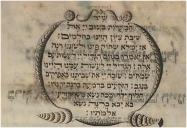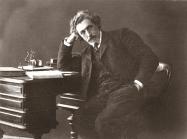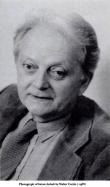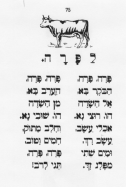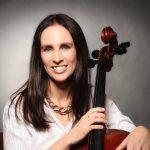(356 results found)
Shir hama’alot - The umbilical cord between liturgical and domestic soundspheres in Ashkenazi culture
… Hallel, Adon olam, Mevarkhim ha h odesh, etc. These 'temporal' melodies were later brought home and applied to Shir … the festive meal of that Holy Day. The domestic use of temporal melodies brought the festive atmosphere of the …
In Zaltsikn Yam - A Yiddish Workers' Song
… and replaced with asterisks. The second melody is a choral arrangement by Joseph Achron , the Russian composer …
István Anhalt
… As a composer, Anhalt wrote orchestral, chamber, vocal, choral, and opera music. Some of his works were influenced by …
Atah Ehad
… Zionist songbooks reproduced it, sometimes in Idelsohn's choral arrangement, such as Hawa Naschira (Hamburg 1935). … for the second and not primary voice in Idelsohn's choral arrangement crystalized as the song's main melody line. …
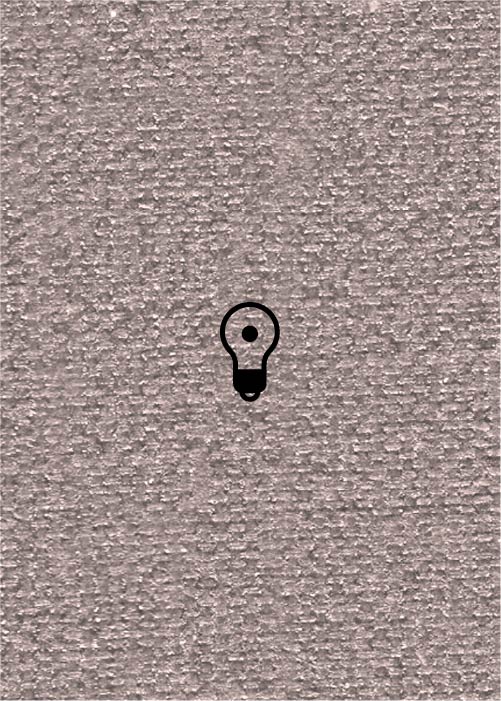
The Israeli Mediterranean Style
… polyphonic, expressive settings, much unlike the pastoral, impressionistic Mediterranean vogue of the time. His …
Para Para
… movement in eight notes, and finally, it is designed for choral singing in three voices: From: Archive of …
Andalusian Nuba
… to be connected to older traditions that were transmitted orally by Muslim Spain's greatest musicians from the 9 th …
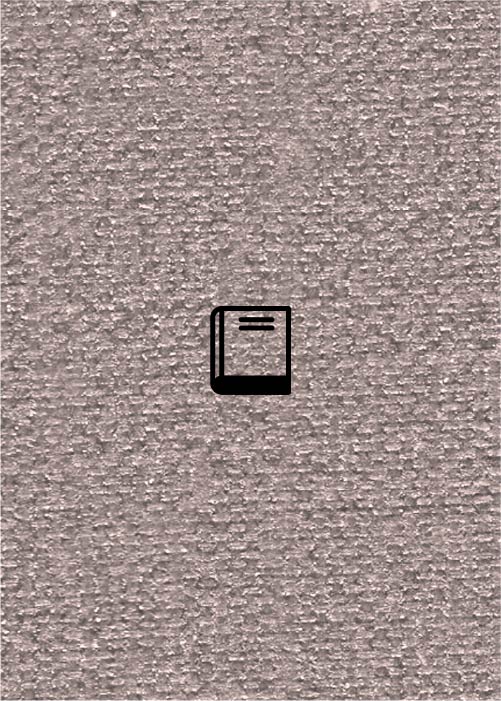
Uncle Moses
… of his childhood especially after he does actions whose morality is arguable. Other Jewish music accompanies the film …
Dort wo die Zeder: A Forgotten Zionist Anthem in German
… printed with and without musical notation and distributed orally since its original publication. Indeed the amazing … Bimkom ha-erez . It seems that at in the early stages of oral transmission the original German song was “Yiddishized” … [12] This version is noticeable as a transcription from oral tradition, underscored by its melodic and textual …
Racheli Galay
… music and music education in Israel. She earned her doctoral degree in Cello from Northwestern University, Masters … Symphony, Waukegan Symphony and others. Galay wrote her doctoral dissertation on the life and music of cellist-composer …

